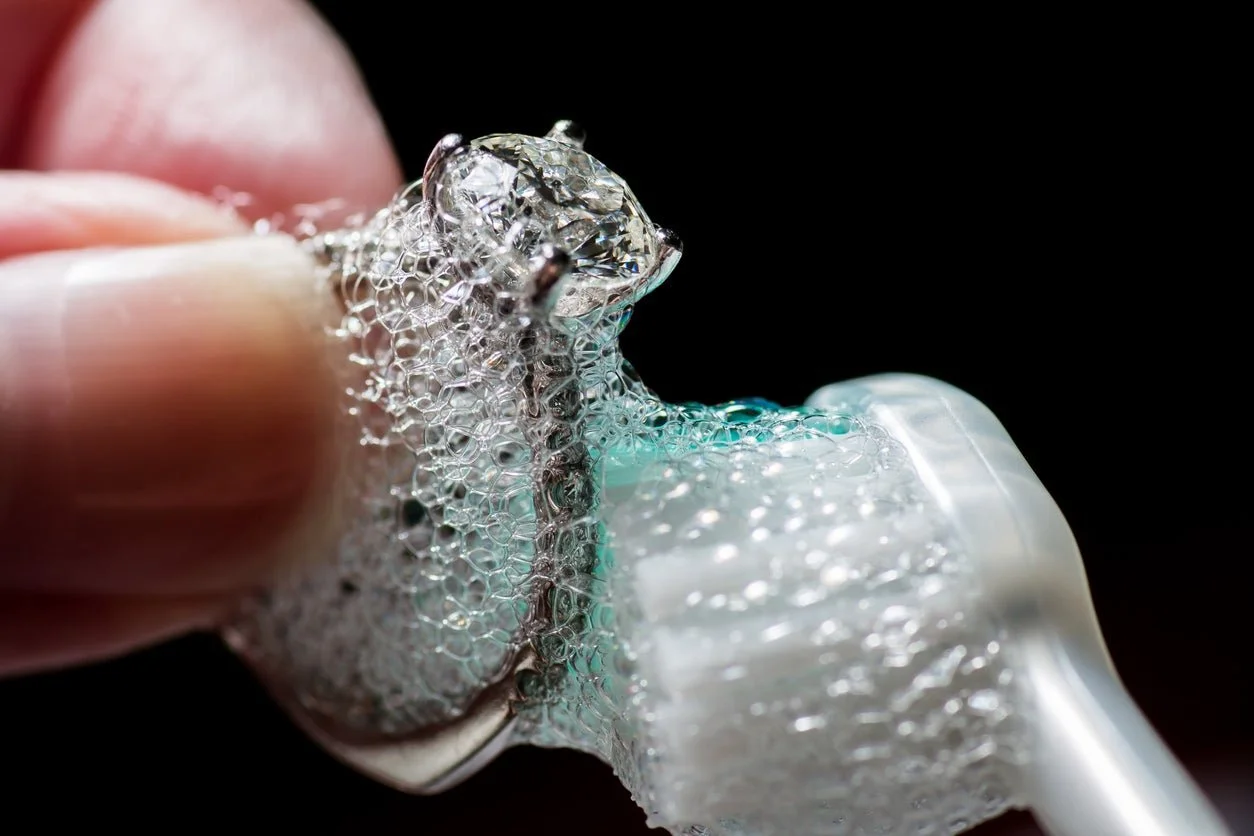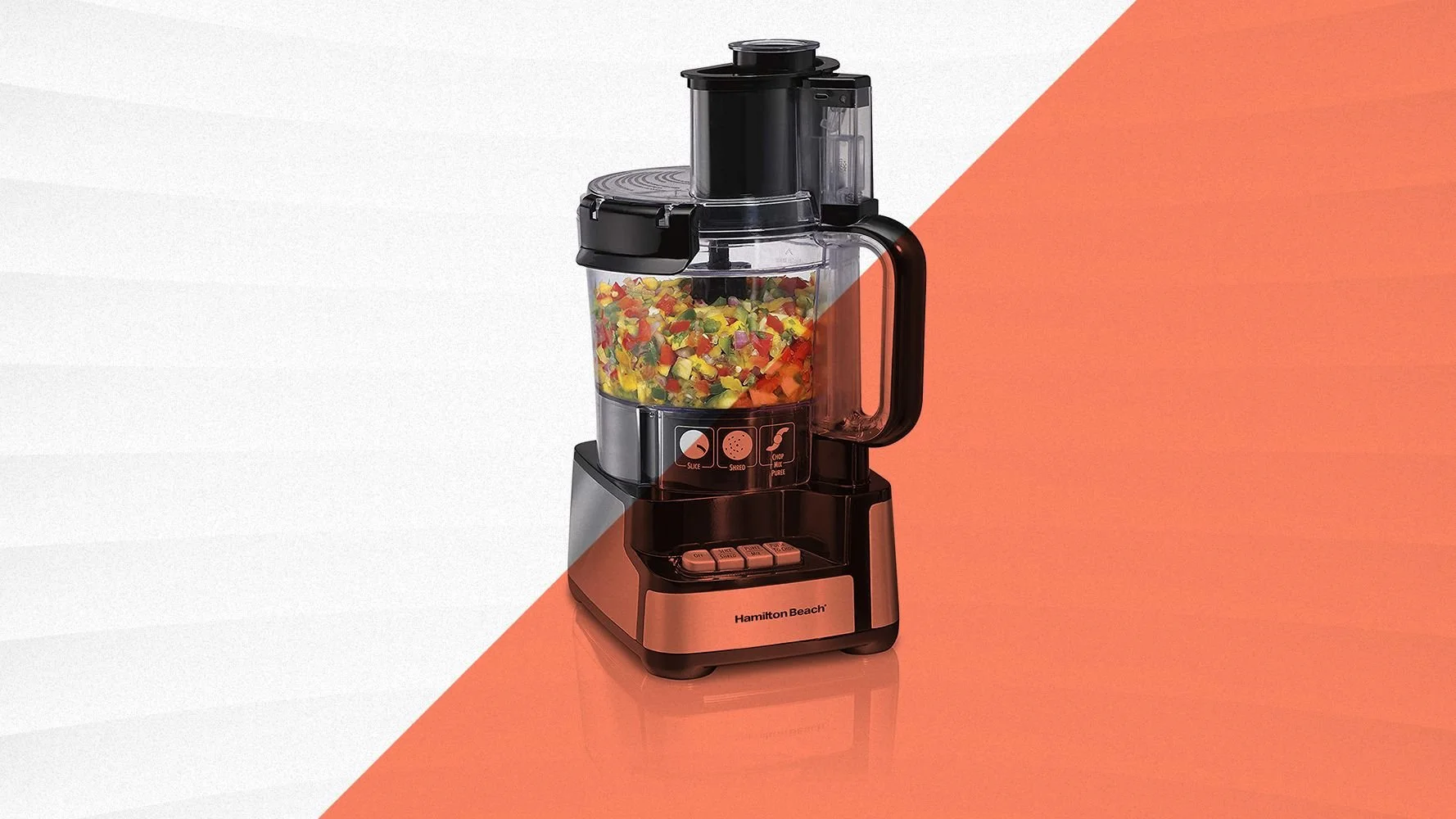Let us praise the G.O.A.T of household cleaners: DISH SOAP.
It sparkles diamonds, removes caked-on Crocs stains, and cuts through grease so well that it’s become the go-to cleaner after oil spills.
The surfactants in dish soap — the chemicals that help water cut through grease by breaking oil down into smaller drops — are what make the cleaner such a workhorse both in the sink and around the house. “Most dish soaps work generally the same way,” says associate staff writer and cleaning expert Ellen Airhart, “so you can use what you’ve already got at home to tackle most cleaning projects.” Here’s how to use dish soap to spiff up stainless steel appliances, eyeglasses, and just about anything else you can imagine.
JEWELRY
Most metals, gems, and crystals sparkle again with just a drop of dish soap mixed in a bowl of warm water.
• Let jewelry sit in the mixture for several minutes to cut through oils and grime.
• Gently scrub solid gold and hard gemstones, such as diamonds and rose quartz, with a soft-bristle toothbrush.
• Make sure to clean the gem from both sides if it’s sitting in a pronged setting, using the flexible bristles to clean out nooks and crannies. NOTE: If you’re working with gold-plated or vermeil jewelry, skip the scrub: Bristles can scratch and strip plating.
•Rinse and dry with a microfiber cloth. Voila!
Mouth guards and retainers?
You bet! It might seem obvious to scrub dental apparatus with toothpaste, but dish soap is actually a better option since its less abrasive. Every morning, squirt a bit of (unscented) dish soap on a soft-bristle toothbrush to gently scrub your guard or retainer.
Keep a separate toothbrush on hand just for cleaning and some dish soap in travel-size containers to free up sink space. Thoroughly rinse the gear after brushing and air-dry it in its case.
Radiators
Cleaning radiators and all their dust-collecting crevices can seem daunting, but thankfully doesn’t require any special cleaning agent. Dish soap and two buckets can easily blast through the task.
Fill one bucket with warm water and a few drops of mild dishwashing soap, then fill a second bucket with plain tap water. Use a soft sponge or dish towel to gently wipe down the exterior with the soapy water, reaching as far inward as your hand allows. Follow that with a second swipe of clean water to remove residual soap. Dry thoroughly with a clean dish towel.
Food processors
To clean up that after-dinner mess, pour some water and a few drops of dish soap into the work bowl of your food processor. Run the machine for a few seconds to allow the blades to agitate the soapy water. Use a bottle brush to clean around the feed tube, inside the food pressers, and along the sharp blades. Then just rinse and air-dry each piece on a dish rack.
Cast-Iron Pans
Forget your grandma (and her mother’s mother’s) admonishments. Scrubbing your cast-iron pans with dish soap won’t destroy their nonstick layer, as long as they’re well seasoned.
There’s a whole Reddit group to school you on all things cast-iron in our modern age. GET IN THERE.
Essentially, once you’re done cooking, gently scrub the pan with a mild dish soap and hot water, using a nonabrasive sponge like the soft side of a Scotch-Brite sponge or scrub brush. Rinse the pan, then dry it completely with a dish towel or by putting it over low heat on the stovetop.
Once dry, coat the pan in a thin layer of the same neutral oil that you use for seasoning the pan, and rub it into the surface of the pan with a paper towel or a clean rag. Once again: Grandma was wrong. And not cleaning your cast-iron ➞ is gross.
Stainless steel appliances
No, you don’t need a special stainless steel cleaner to spiffy your appliances; a little dish soap and some microfiber clothes easily cuts through grease and makes your kitchen sparkle.
First, wipe down the stainless steel with a damp microfiber cloth to wet it, this makes the dish soap easier to work with.
Next, dampen a second cloth and add a small drop of dish soap, and slowly start to wipe down the appliance to lift caked-on oil and grease. Depending on the size of the appliance and how dirty it is, you may need to rewet the rag or add more dish soap. When it’s time to rinse off your appliance, use a wet, clean cloth to wipe away soapy residue, occasionally rinsing the cloth in clear water so you don’t redistribute the soap. once done, wipe down the stainless steel with a dry microfiber cloth.
Eyeglasses!
A wee spot of dish soap is enough to degrease and de-smudge a pair of dirty eyeglasses. Just be sure to use any soap that’s free of additives like skin softeners or grime-removing abrasives which can ruin lens coatings. 7th Generation does not contain these additives.
To clean your eyeglasses, rinse them for15 seconds under a warm water tap to dislodge excess grime. Then, squeeze a pea-size drop of soap onto the front and back of the lenses and lightly rub the soap in with your fingers to work up a gentle lather to clean the nose pads, hinges, and frame of your glasses before rinsing them thoroughly. Dry with a microfiber cloth.
Security cams
The lenses and sensors of outdoor security cameras quickly become speckled with dead bugs and water stains.
But wait. Before tackling it with dish soap, try cleaning the lens with a damp (not wet) microfiber cloth. If stubborn dirt or debris persists, then add some dish soap to the damp cloth. This can also cut through any pollen or sap caked onto the outside of the camera. Make sure to dry the lens after so it doesn’t streak, and avoid using paper towels, tissues, or rags, as they can leave behind lint and scratches.















